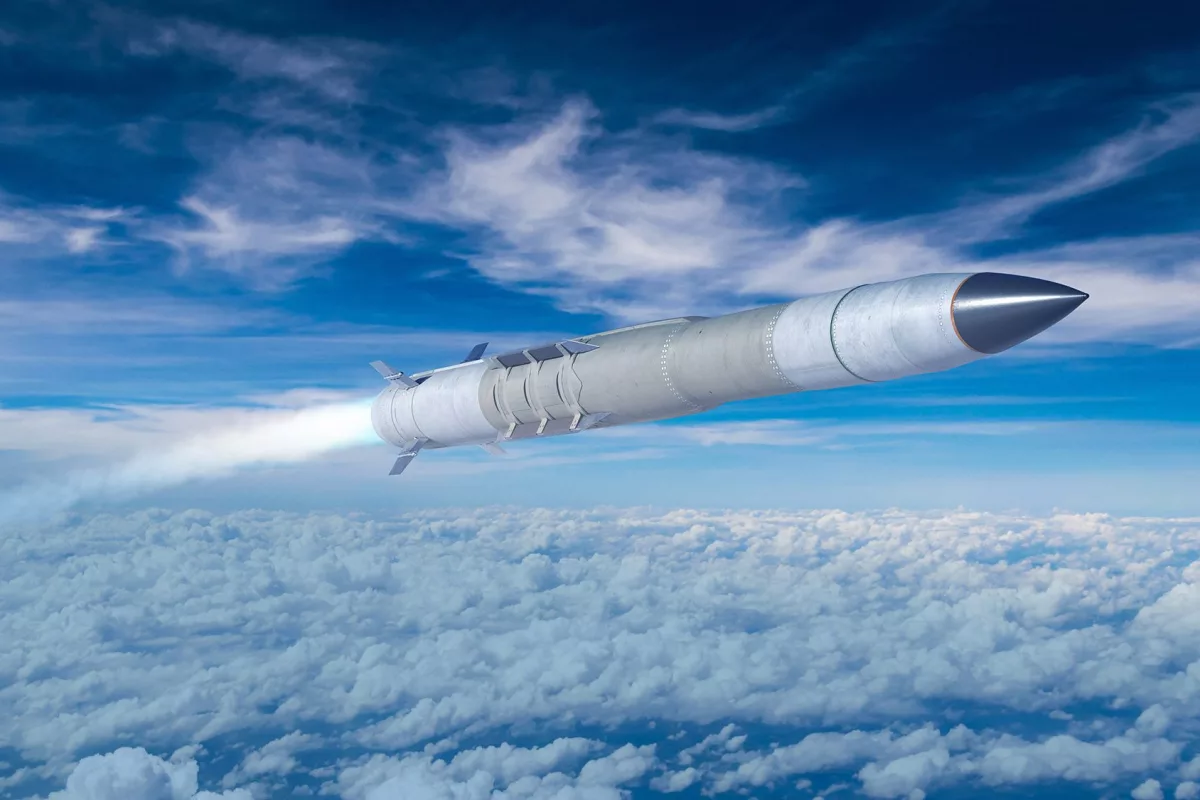In a successful demonstration of a layered missile defense system, Lockheed Martin with the Missile Defense Agency and the US Army have intercepted a tactical ballistic missile target over the White Sands Missile Range, New Mexico.
The intercept took place on March 29 and used a Patriot Advanced Capability (PAC)-3 Missile Segment Enhancement (MSE) interceptor, integrated with the Terminal High Altitude Area Defense (THAAD) Weapon System. This marks a major advance because the PAC-3 was able to track to its target using the THAAD system instead of the usual Patriot missile fire unit, expanding its capabilities.
At first glance, a missile defense system seems pretty simple. Radar detects an incoming missile, an anti-missile is launched, then it's guided in for the kill. Ideally, the best system is one where every attacking missile is destroyed by an anti-missile at a ratio of one-to-one.
In practice, a missile defense system has to be much more flexible and layered. This means that different missiles are needed to counter different threats, such as short, medium, and long-range missiles or ones that fly at different altitudes. It also needs to provide multiple layers of defense to catch missiles before they reach their target.

The THAAD system is intended to deal mainly with tactical medium-range missiles both inside and outside the Earth's atmosphere by intercepting them and destroying them – not by explosives, but by colliding with the incoming missile at hypersonic speeds, which delivers a bigger impact than a blast wave. This requires precision tracking and guidance of a very high order, but it greatly reduces the danger of detonating conventional warheads or disintegrating a nuclear warhead.
The new integration of the PAC-3 MSE into the THAAD system not only means that THAAD has another missile in its catalog, it also makes the PAC-3 more effective by allowing it to intercept at longer range. This makes it strike the target at a higher speed and buys time for other missiles to intercept if the first one misses.
"This integration is another Lockheed Martin contribution to joint all-domain operations and offers a critical capability in 21st century security that gives the warfighter more options with existing equipment so they can choose the best interceptor for any threat they face," said Scott Arnold, vice president, Integrated Air & Missile Defense at Lockheed Martin Missiles and Fire Control.
Source: Lockheed Martin





